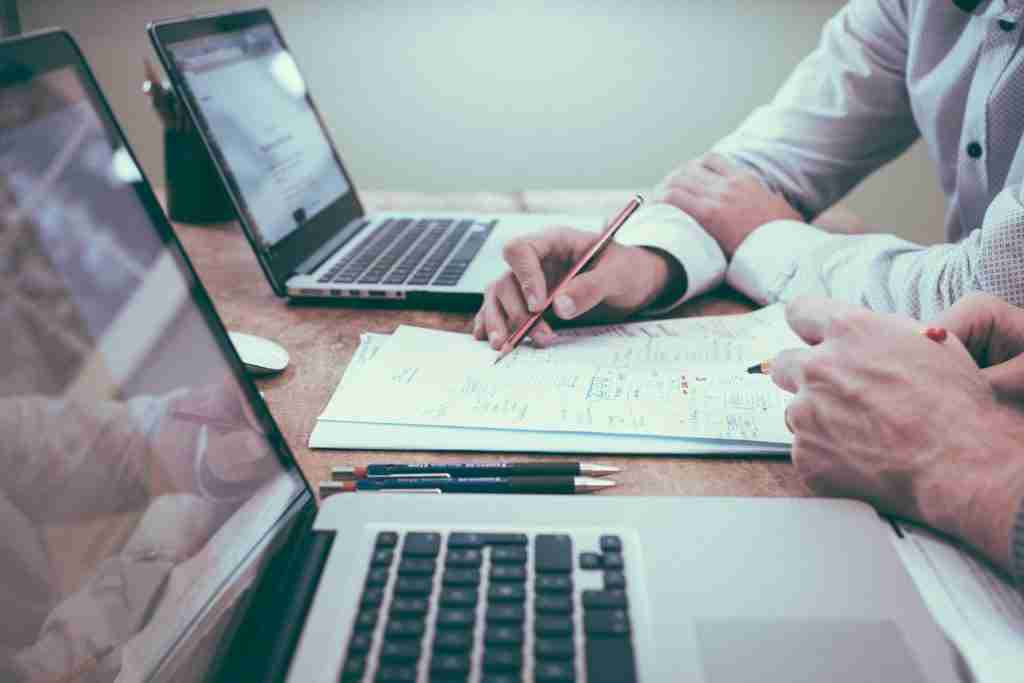KEEP IN TOUCH
Subscribe to our mailing list to get free tips on Data Protection and Cybersecurity updates weekly!






Responsible organisations must not only learn what constitutes the risk assessment form Singapore government requires, but must also adhere to it
Risk assessment, as the name suggests, is a key component of risk management. Organisations conduct this regularly to identify the source of risks. This test applies to all routine and non-routine operations.
Before delving further, what exactly is risk management of which risk assessment is a subset?
The Ministry of Manpower (MOM) in Singapore defines risk management as the process of identifying, evaluating and controlling risks at the workplace. In order to foster an accident-prevention culture, organisations must identify safety hazards at workplaces and take steps to mitigate the risks. The specific requirements of proper risk management are spelled out in accordance with the Workplace Safety and Health (Risk Management) Regulations.
Risk management involves the following steps:
In this article, we’ll focus on risk assessment, particularly the kind of risk assessment form Singapore authorities uphold.
Also Read: MAS Technology Risk Management Guidelines
Every employer, self-employed individual and principal (including contractor and sub-contractor) must carry out a risk assessment in relation to the safety and health hazards associated with any routine and non-routine work conducted in the workplace:
The risk assessment may be carried out by the employers, self-employed persons or principals themselves or they may opt to hire a risk management consultant to carry out the risk assessment.
In order to fulfill risk assessment, two things must be done:

Before conducting any risk assessment, a team comprising the following individuals should form your risk assessment team:
Bear in mind that the designated team leader should be trained in risk assessment. Alternatively, if it’s more convenient for your organisation, you can opt to hire a trained and experienced safety consultant to help conduct the risk assessment.
Ideally, the risk assessment must be reviewed or revised at least once every 3 years. Additionally, it must also be reviewed in the event of the following:
Organisations must record and maintain all risk assessments conducted in the workplace. The record must be maintained by the employer, self-employed individual or principal for at least 3 years.
The record should include:
Also Read: 5 Tips In Using Assessment Tools To A Successful Business
The risk assessment form Singapore authorities endorse includes the following important information:
Organisations failing to comply with risk assessment could face serious legal consequences, with possible jail time and penalties ranging from S$10,000 up to $20,000.
Under the new framework for occupational safety and health in Singapore, one way to help reduce risks in the workplace is by making stakeholders accountable for managing the risks they create. In this context, risk assessment is a vital process in ensuring risk mitigation and reduction in the workplace.